
Larger image.
That’s the title of a song by the quintessential Ithaca band, The Horse Flies. On the surface, lyricist Jeff Claus provides a balanced look at the weather here. He mentions the benefits (never getting skin cancer) as well as the downside (legs as white as priests’). But given the frantic tone of the song — as if the gray is driving Claus to madness — I think he holds the prevalent attitude about the weather around here:
It sucks.
I sympathize with those who suffer from seasonal-affective disorder. But one of the ways I fight SAD is to embrace the gray. If garden designers can use ‘gray’ plants to punctuate their plantings, let’s learn to appreciate the gray punctuating our weather. (Granted, the multiple ellipses sometimes thrown at us can be a little much.)
We may not have as many words for gray as the eskimos have for snow. But I’m going to start working more of them into my vocabulary. I’m not sure all of these qualify, but the thesaurus lists a bunch: ash, ashen, cinereal, clouded, dappled, dingy, dove, drab, dusky, dusty, grey, heather, iron, lead, leaden, livid, mousy, neutral, oyster, pearly, peppery, powder, sere, shaded, silvered, silvery, slate, smoky, somber, stone.
I want words for the grays with lots of blue mixed in. The not-quite-black grays on moonlit winter nights. The yellow-grays that you have to squint to pick up when the sun tries to peak through the clouds. There are so many grays out there, if you look for them.
A great place to embrace the gray locally is Taughannock Falls. It’s got many moods, depending on when you visit. But I think it’s at it’s best when it’s gray. (That’s my son Nathan and his girlfriend Trista who were up from Florida over the holidays.)
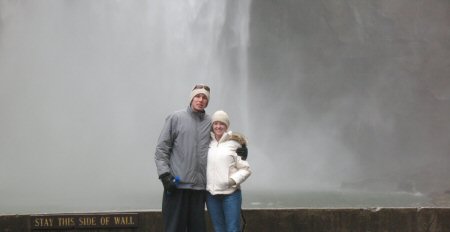
Larger image.
Today is so bright that I can’t go out without sunglasses, and when I come back in I’m dazed until my eyes adjust.
But no worries. There’s gray in the forecast.
Update [2/19/2007]: Watercolor of the T-falls by one of my fellow members of the Adirondack Chapter of the North American Rock Garden Society.

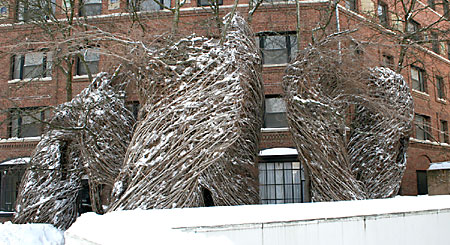
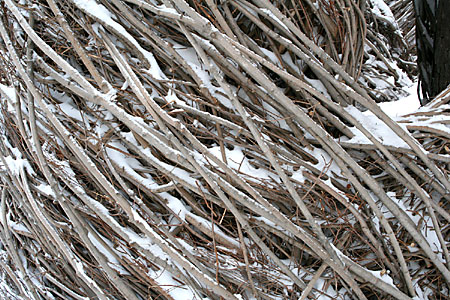
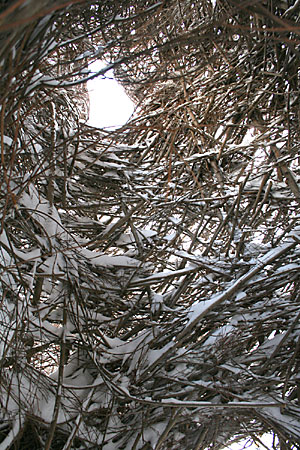
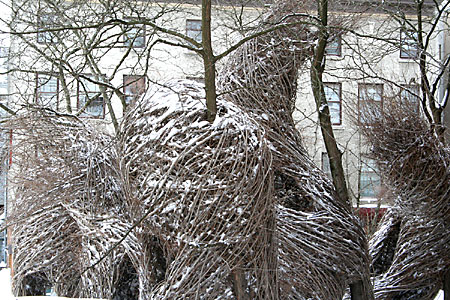

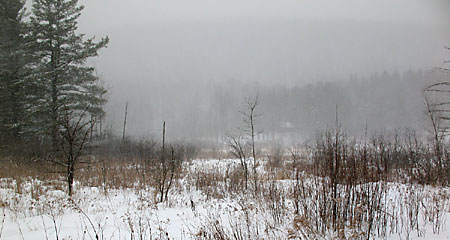
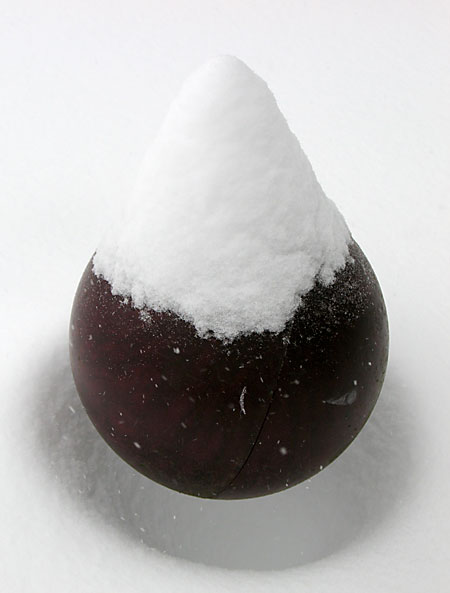
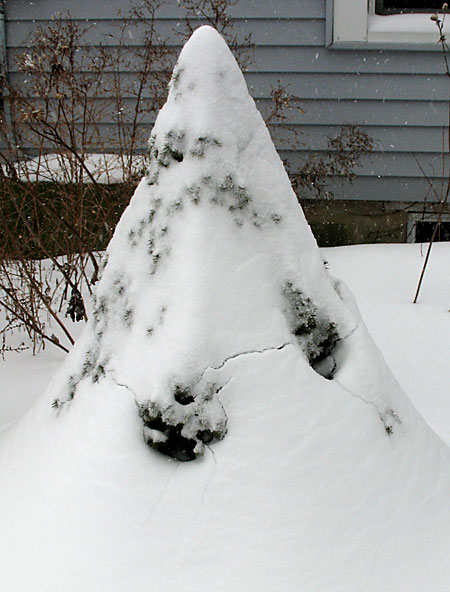
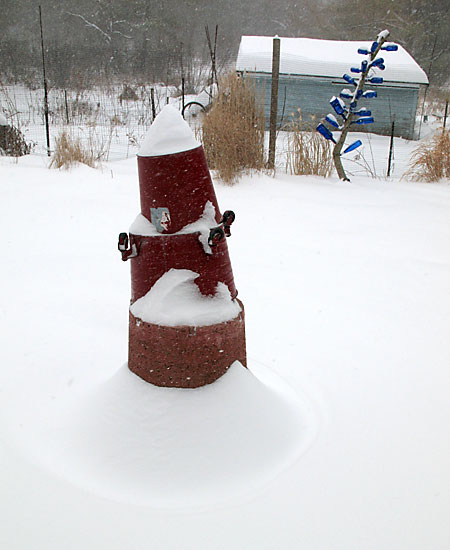

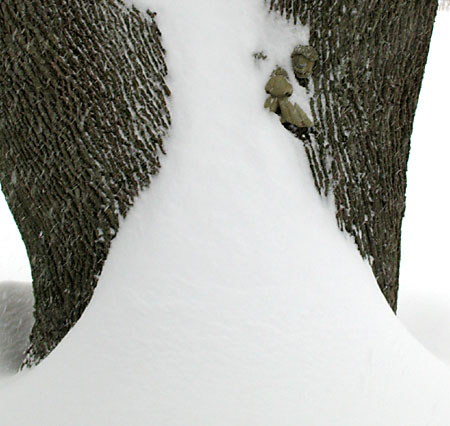
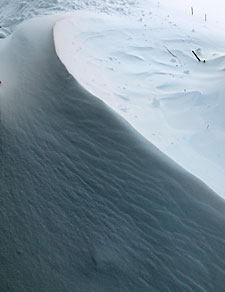
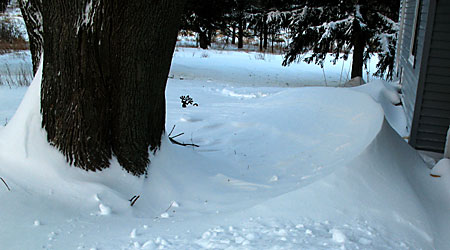


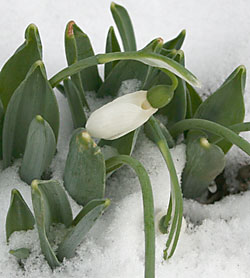 We’re back to ‘normal’ winter temperatures here — teens during the day and -20 F windchills at night. But it was only a few weeks ago that I was writing an article at work about how the warm winter might affect our gardens and crops. (
We’re back to ‘normal’ winter temperatures here — teens during the day and -20 F windchills at night. But it was only a few weeks ago that I was writing an article at work about how the warm winter might affect our gardens and crops. (